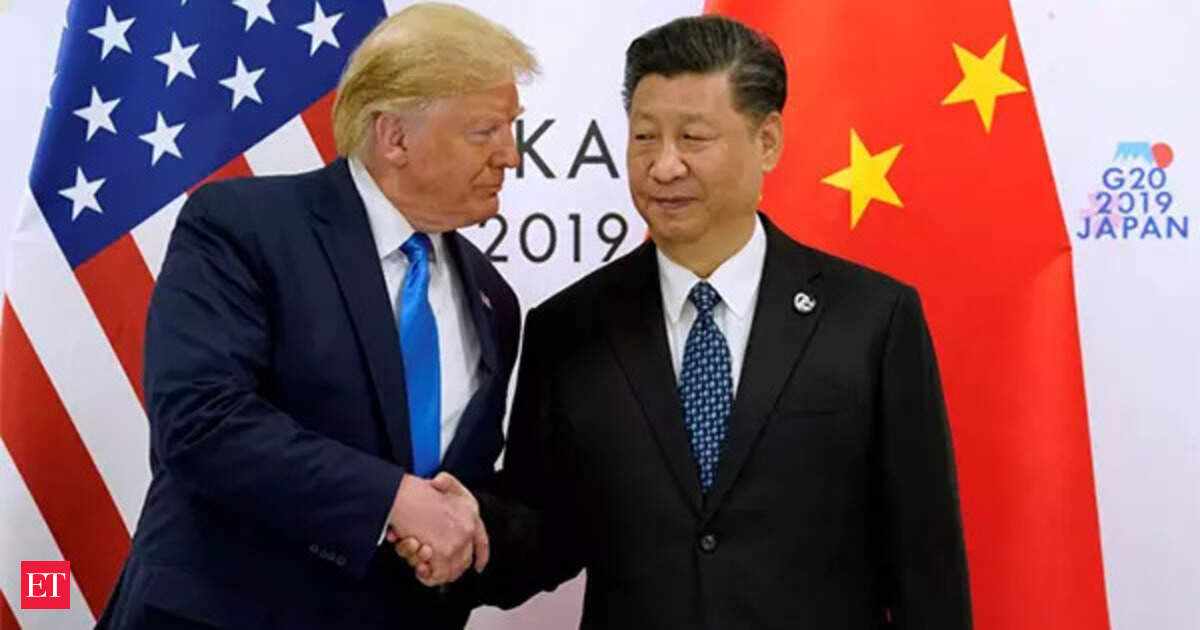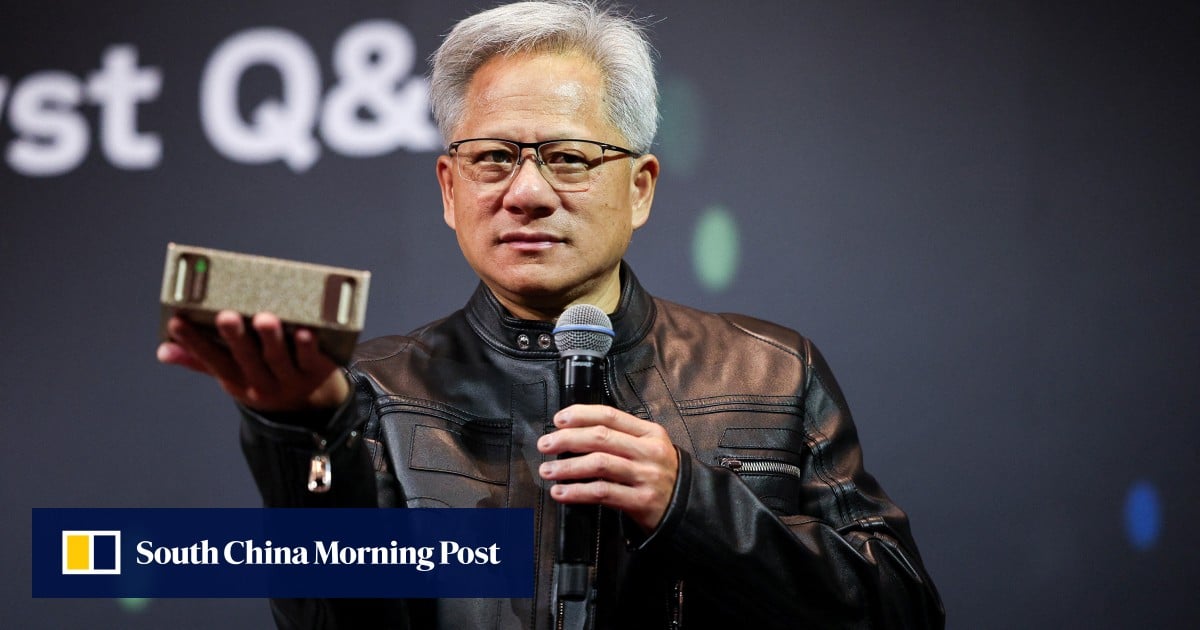The escalating U.S.-China trade tensions, marked by punitive tariffs and supply chain reshaping, are testing the resilience of global companies across industries. For Criteo S.A. (CRTO), a leader in AI-driven commerce media, the challenge lies in balancing its exposure to trade pressures while capitalizing on its technological edge in digital advertising. Here’s a deep dive into how Criteo is positioned to weather these headwinds and capitalize on emerging opportunities.
Tariff Exposure and the Indirect Supply Chain Risk
While Criteo’s financial reports do not explicitly break out revenue from China, its ecosystem is indirectly exposed to U.S.-China trade dynamics through its client base. Many DTC brands and retailers—key Criteo customers—rely on Chinese manufacturing and face soaring tariffs. For instance, the 145% tariffs on certain goods have forced suppliers to halt shipments or shift production to Vietnam and Mexico. This disrupts the cost structures of Criteo’s clients, potentially reducing their advertising budgets or forcing them to seek alternatives.
Key vulnerabilities:– Cost Pass-Through Risks: Suppliers may absorb tariffs, but many are likely passing costs to DTC brands, squeezing margins and dampening ad spend.- Supply Chain Fragmentation: Clients diversifying production could lead to fragmented demand patterns, complicating Criteo’s data-driven targeting.- Regulatory Uncertainty: The U.S. Trade Representative’s pending decisions on de minimis exemptions (sub-$800 imports) could further strain DTC brands reliant on Chinese sourcing.
Digital Advertising Strategy: Strengths Amid the Storm
Criteo’s competitive moat lies in its AI-powered commerce infrastructure, which leverages unparalleled data scale and real-time analytics. Here’s why this positions it favorably:
1. AI-Driven Commerce at Scale
- Proprietary Data Ecosystem: With access to 720 million daily active shoppers and 4.5 billion SKUs, Criteo’s Model Context Protocol (MCP) enables real-time, AI-augmented recommendations. This is critical for fragmented post-tariff markets where personalized shopping experiences matter most.
- Agentic Commerce Use Cases: Its ability to execute prompt-based campaigns (e.g., “eco-friendly gifts under $50”) aligns with shifting consumer preferences, a key advantage in volatile economies.
2. Retail Media Dominance
- Growth Engine: Retail Media revenue surged 18% YoY in Q1 2025, driven by partnerships with retailers like Japan’s d shopping and Australia’s Endeavour. These deals insulate Criteo from over-reliance on any single region.
- Network Effects: Its platform’s value grows as more retailers join, creating a flywheel effect that competitors struggle to match.
3. Tech Resilience
- Privacy-First Infrastructure: With advanced AI/ML tools and cookie-less targeting, Criteo stays compliant in regions like the EU and APAC, where regulations are tightening.
- Global Diversification: While China specifics are opaque, its expansion into Japan and the Nordics reduces concentration risk.
Risks and Mitigation Strategies
Despite its strengths, Criteo faces clear risks:
1. Tariff-Driven Macroeconomic Slump
- Client Retention Pressures: A major U.S. client’s decision to reduce services in late 2025 highlights vulnerabilities to macroeconomic slowdowns. If DTC brands cut ad budgets further, Criteo’s revenue could stagnate.
- Currency Volatility: Its 2025 guidance assumes a USD/JPY rate of 150. Deviations could skew reported results, especially if the yen strengthens against a dollar under pressure from tariffs.
2. Competitive Intensification
- Tech Giants’ Play: Meta and Google’s entry into commerce media could erode Criteo’s edge unless it continues to innovate (e.g., agentic commerce).
Mitigation:
- Double Down on AI and Data: Accelerate MCP adoption and partnerships with retailers in untapped markets like Southeast Asia.
- Liquidity as a Shield: Its $329 million cash balance provides a cushion to weather short-term headwinds.
- Transparent Communication: Proactively address client concerns about cost modeling and supply chain shifts to retain trust.
Investment Outlook: A Resilient, Yet Risk-Exposed Play
Criteo’s fundamentals—strong EBITDA growth (+30% YoY in Q1 2025) and a 120% retention rate for existing Retail Media clients—suggest operational resilience. However, investors must weigh two critical factors:
- Geographic Exposure Uncertainty: Without China revenue data, the full impact of tariffs remains ambiguous. Monitor its client base’s performance and any regional revenue disclosures.
- Technological Differentiation: If agentic commerce and MCP deliver sustained growth, Criteo could outpace peers in the fragmented post-tariff landscape.
Recommendation:
– Hold for the Long Term: Investors with a 3+ year horizon may benefit from Criteo’s AI-driven moat and diversification.
– Watch for Triggers: Avoid if U.S.-China trade talks sour further or Retail Media growth slows below 10%.
– Consider Options: Use call options to bet on a rebound if tariffs ease or Criteo announces APAC partnerships.
Conclusion
Criteo stands at a crossroads, where its technological prowess and global retail partnerships position it to navigate trade headwinds—but opacity around China exposure and macroeconomic risks demand caution. For investors, this is a stock to watch closely, with a strategic edge in AI-driven commerce offering a compelling upside if trade tensions stabilize. Stay vigilant on tariff developments and client retention metrics; the next 12 months will test Criteo’s ability to turn data into dollars in a fractured world.


